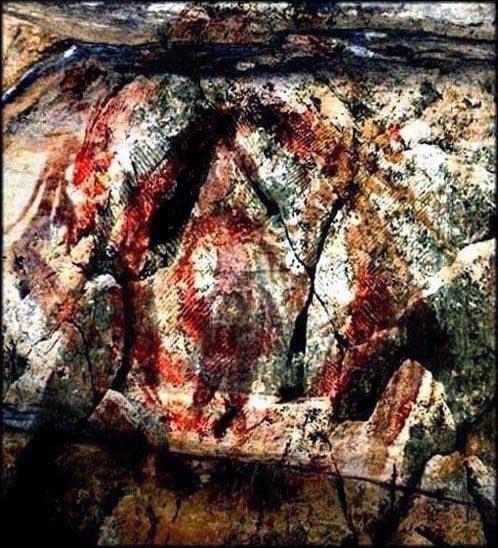A
cool wind rises up the Santa
Ynez Mountains' brown chaparral and sagebrush covered hills upon
hills running east and west, exciting morning's mist. Feeling
drawn to the mountain which looks so close
I need only
walk a short distance and begin to climb, I know this
is illusion.
The artist Alberto Giacometti said: "The more
I looked
at the model, the thicker the screen between
his reality and me became."
"Man is 'ein Wesen der Ferne,’ a creature of distance, Heidegger has said, referring to the fact that man has distant horizons that outstrip the animal’s. Giacometti’s figures are not only seen at a distance; they create a distance between themselves and us because they seem always haunted by distant vistas of their own."
At Delphi, "what engages Heidegger is neither the ruins of Apollo’s temple nor the treasures along the Sacred Way, but rather that ‘Ngulumun changed from human into a king fish’ as ‘then Ngulumun [who had earlier thrown a spear with his hand] swam as a fish.’ Clearly, ancestral beings who are thus unconstrained by nature need not be constrained by the place, 'the greatness of the region itself.'"
clouds of sand
flies rise
from the glittering beach.
Even though it may look as if the landscape around rock art hasn’t changed from when the glyphs were made, its spirit has been attenuated by the gaze of visitors, the veneer of imported religions, and archaeologists who measure distance only with science's authorized methodologies.
Having cataloged and even improved on techniques to enter the numinous mind, should we study our ancestors' art as a guide to regions of consciousness which we can explore? Or condemn our shamans to prison or psychiatry?
